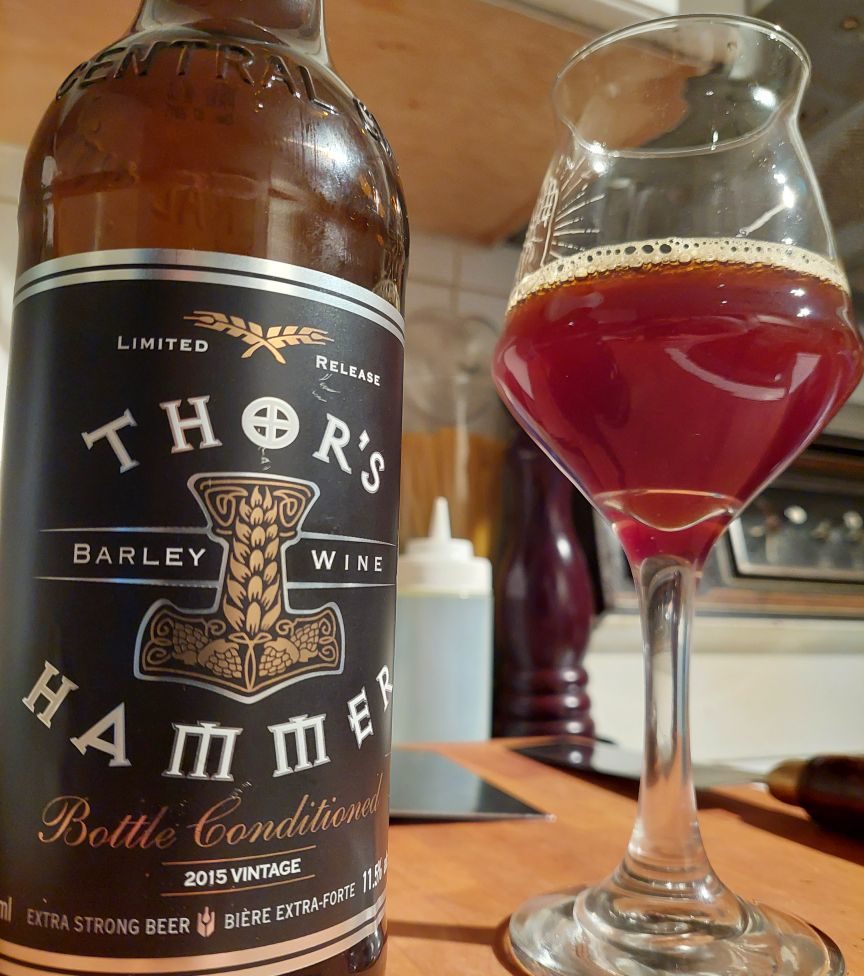
Finally open after 6 years in my cellar, this Thor’s Hammer is the longest I’ve ever aged a beer.
Before I ever had a wine cellar, I had a beer cellar (AKA the dark corner of my various dorm room closets). At any given party, I’d fish through the rows of caged corks and wax dipped bottles and select whatever I thought was ready to drink, usually to my guests reaction of “Wait, it’s how old? Are you sure you can do that with beer?”
In fact this happens so often when I talk about how age and freshness impacts beer, it feels almost like a hidden secret that only the most hardcore of beer fans know of. Age matters. Sometimes.
Bear with me here.
One key and absolute rule for a beer to age is it must be high in alcohol, at least 7% ABV (AKA Imperial). Alcohol is one of the key preservatives in beer, and a crisp, low ABV brew is meant to be drunk young and fresh, when its aromatics are bright and citrusy, and its malts clean. It should be stored upright, as aged beer will nearly always have yeast sediment we want to settle downwards, and unlike wine, we’re not ageing for 10+ years, the cork drying out is of no concern (if it even is corked).
The same rules for ageing wine apply past that. Light and heat are the enemies, so keep it in a cool dark place. Usually, age-worthy beers stand out by having an age statement on the bottle, and more often than not brewers will add a message about the ageing life of the beer. I have some apprehension about ageing canned beers, as they can turn metallic; large format glass really is the way to go.
Finally, anything of this nature that is labelled “bottle re-fermented” or “bottle conditioned” will have been carbonated in the bottle using the inactive yeast, just like any traditional method sparkling wine. Since the beer has never been stabilized or pasteurized in any way, that active yeast will continue to microscopically alter and evolve the character of the beer over time, and the lees which settle to the bottom will impart a creamier mouthfeel. When pouring, I usually leave that last bit of yeast in the bottle, although this is entirely up to you.

Some proper glassware for this 2yr old vintage Grande Reserve
I’ve personally found dark ales have the greatest affinity for age. Imperial Stouts, Porters, Barley Wines, and hefty Belgian ales such as Tripels and Quadrupels earn an (almost) permanent place in my horde of dusty bottles. It’s a yearly tradition for me and my friends to buy several bottles of Unibroue’s 17 Grande Reserve each year, a Belgian style Dark Ale aged in French oak and bottled on its lees. We cellar a couple, and open one fresh to compare with the aged bottles from years past every New Year’s Eve.
In my experience most dark ales reach their peak 2-3 years after bottling, any longer and the beer tends to extend over into syrupy, dried fruit territory, something I learned by recently opening a 2015 Thor’s Hammer Barley Wine made by Central City Brewing (amazing beer, but certainly nearing the point of diminishing returns).
Here are a handful of age-worthy beers available in Ontario (Though highly seasonal and limited) that are always hibernating in my cellar:
- Unibroue “17 Grande Réserve”
- NickelBrook “Kentucky Bastard” Bourbon Barrel Aged Stout (The brewery is currently selling 2016-2015 bottles from their own cellar, if you can’t wait)
- Muskoka “Winter Beard” Double Chocolate Cranberry Stout
- Great Lakes “Solstice” Bourbon Barrel-Aged Imperial Stout
- Flying Monkeys “Chocolate Manifesto” Triple Chocolate Milk Stout (If you can find it in bottles)
- Collective Arts “Origin of Darkness” Barrel Aged Imperial Porter (Changes frequently in style and packaging)
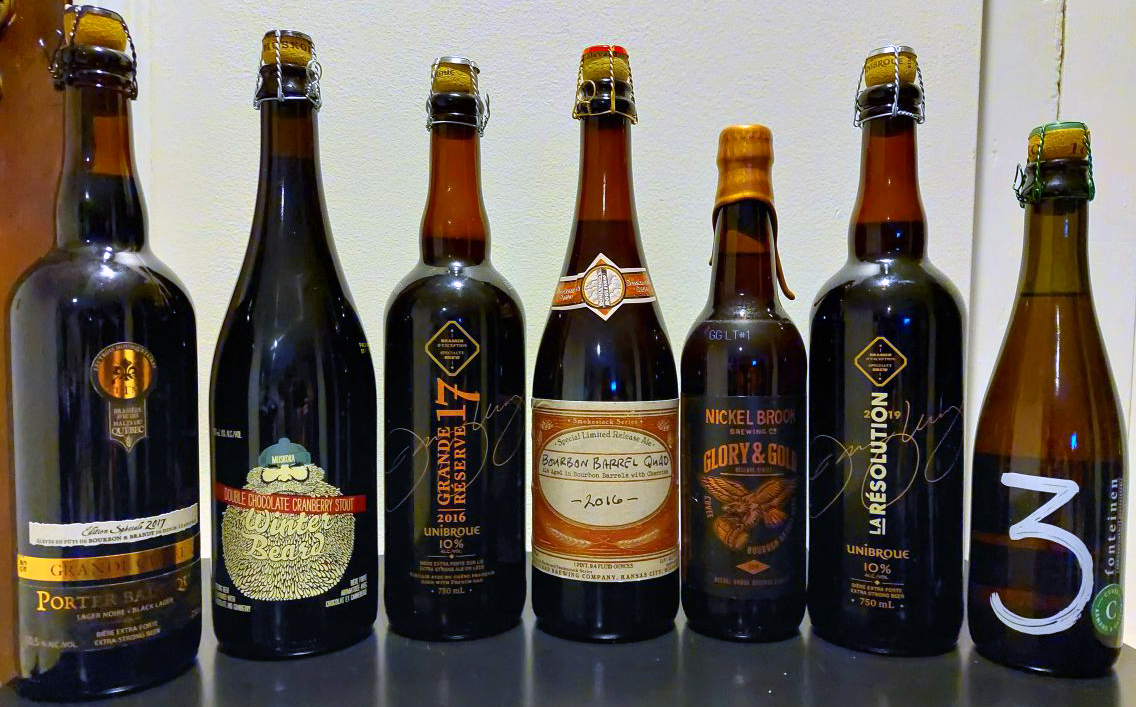
My current modest cellar
Conversely, turn a can of Double Dry Hopped IPA over and you’re bound to see “KEEP COLD, DRINK FRESH”. Hoppy, citrusy beers are better fresher, almost always. In fact, if I’m ever torn between the multitudes of near-identical IPAs available at any given LCBO, I always select the beer with the freshest canning date (usually some smudged and cryptic number on the bottom). I wrote above that age worthy beers are 7%+ ABV, but IPA’s and other hop-forward styles are the exception to that rule.
The beer-savvy among you might read that and think “Well, aren’t hops a preservative?” and you’d be correct, but that’s a story for another time.
We’re just on the cusp of exiting the new hop harvest and into glorious stout season, so most of the beers I mentioned above should be releasing from now to December, so make some space and give it a shot. The returns are great, bottles aren’t too expensive, a few years will blink by and you’ll be drinking your aged stout a lot sooner than that Barolo you’re waiting to become old enough to legally drink itself.



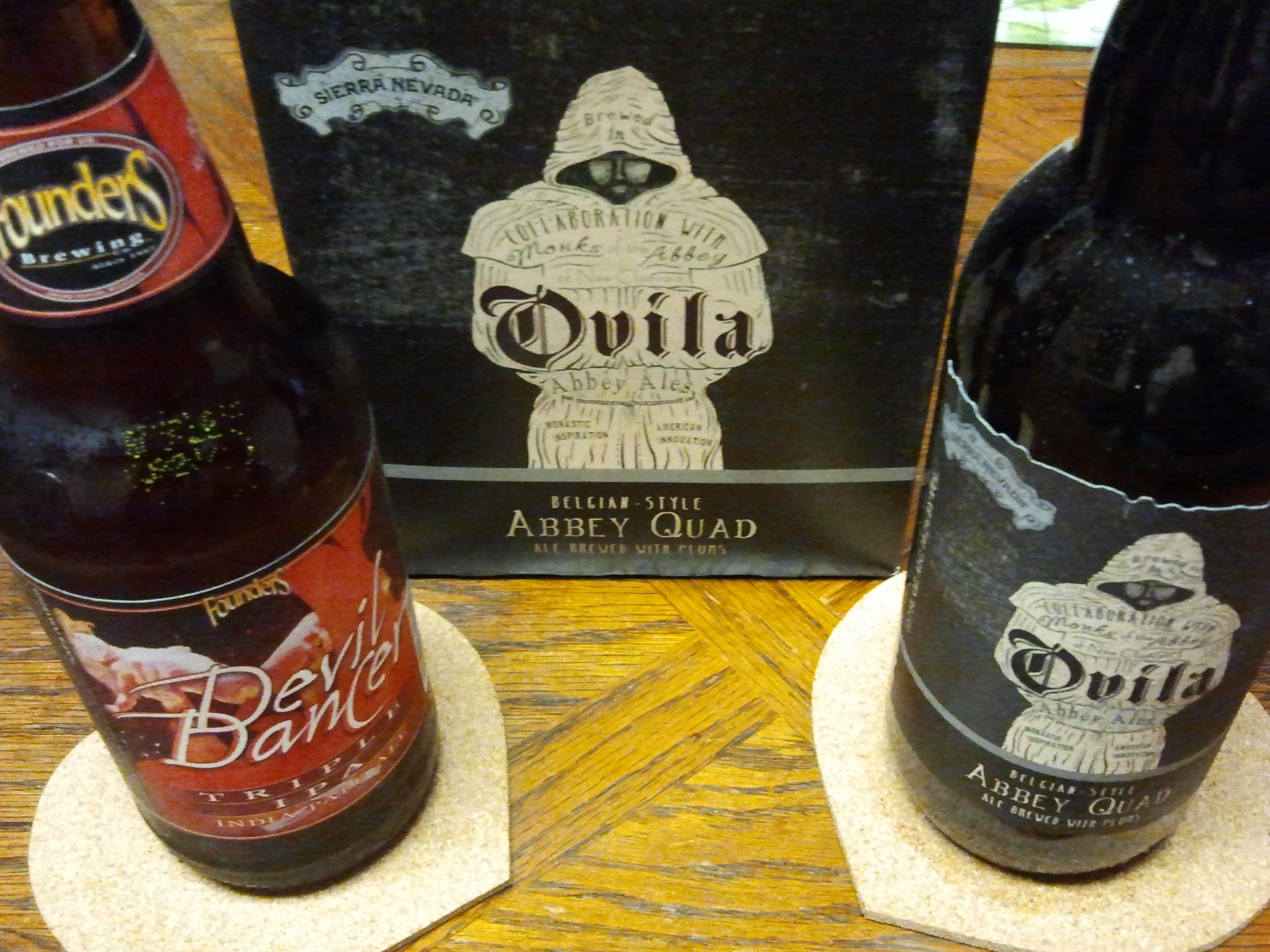
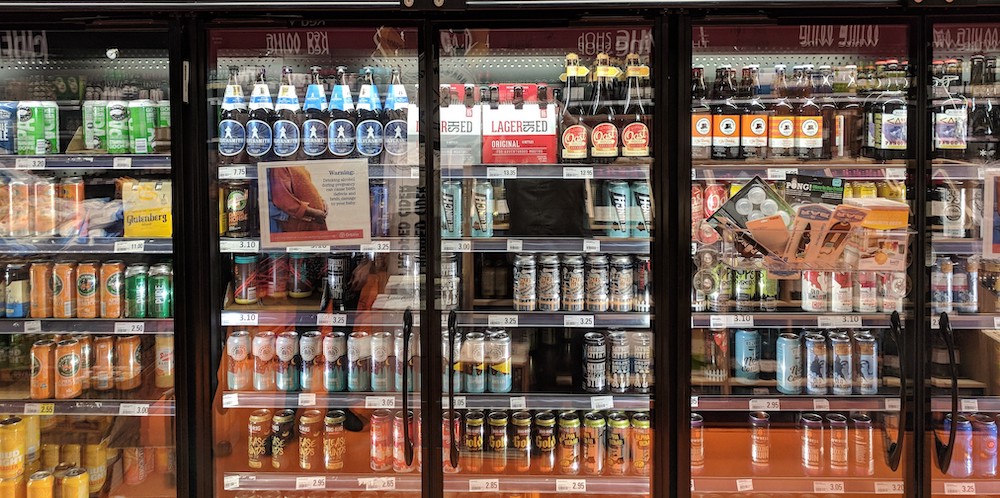
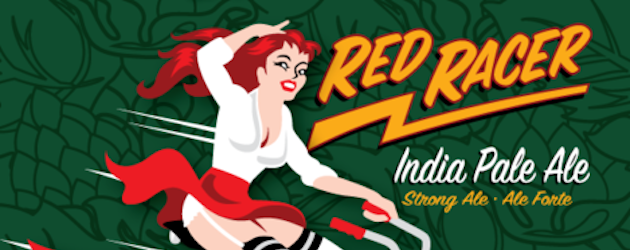
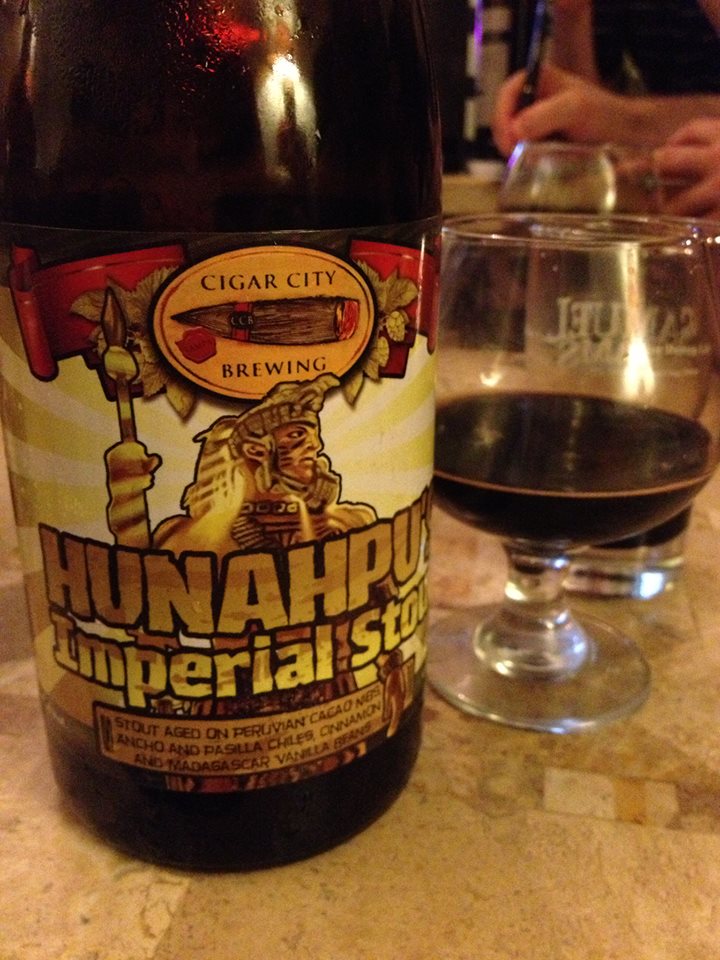

Fascinating thanks!